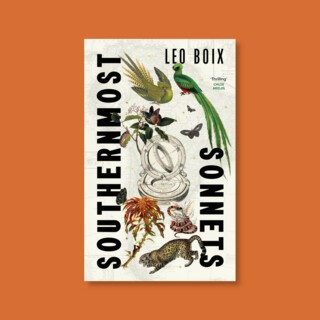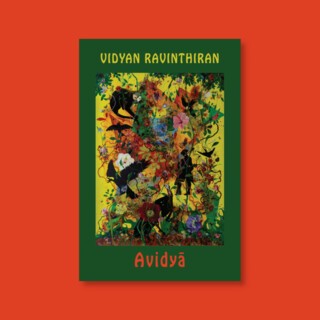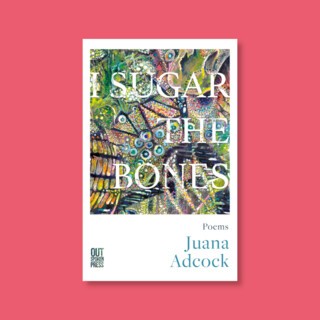‘Catland’: an extract
Posted by Kathryn Hughes

Historian Kathryn Hughes’s latest book Catland reveals the story of an extraordinary Edwardian revolution – the dramatic change in our relationship with our feline friends – and the role of Louis Wain and his popular cat-based art in ushering in the age of the cat.
In 1925 a man called Dan Rider was inspecting the pauper wards of Springfield Mental Hospital in south London. He was a volunteer visitor, a member of the public charged with checking on the welfare of those unhappy souls who had been deemed insane and sent to what was still known colloquially as the Surrey County Lunatic Asylum. During his tour Rider ‘noticed a quiet little man drawing cats’:
‘Good Lord, man, you draw like Louis Wain.’
‘I am Louis Wain,’ replied the patient.
‘You’re not, you know,’ I exclaimed.
‘But I am,’ said the artist, and he was.
Twenty years earlier ‘Louis Wain’ had been a household name, not only in his native Britain but across America, Germany, France, and what was still called ‘the Orient’ too. His anthropomorphic drawings of cats living modern lives was part of the visual and material fabric of a fast and flashy new world. Everywhere you looked, tabbies and gingers were busy going to the theatre, playing golf, strolling along the promenade, and indulging in spa days. They liked eating mice but were even more partial to a glass of champagne.
On the hinge of the nineteenth and twentieth centuries, Louis Wain’s cats grinned down from nursery walls, arrived on the mat in the form of a postcard, heralded Christmas with their own dedicated annual, or peeked out from an advertisement exhorting housewives to use ‘Thom’s Castile Soap’ for the weekly wash. Open any mid-market magazine and you were virtually guaranteed to see Wain’s bright-eyed felines grinning right back at you. ‘Go where you will in the ordinary country home,’ said one editor with whom Wain often worked, ‘[and] you seem to be constantly confronted by the reproduction of some drawing of his.’ There was no getting away from him.
Still, this book is not a biography of Louis Wain but of Catland – a phenomenon that Wain helped make but which also, in important ways, made him. Catland wasn’t a place you could point to on the map for the simple reason that it was everywhere – in Britain and the US certainly, but also in France, Germany, Italy and Japan too. It is better defined by time: stretching from 1870 to the eve of the Second World War, a period of seventy years during which cats transformed from anonymous background furniture into individual actors, with names, personalities and even biographies of their own.
Within a few generations (and bear in mind that a feline generation is a mere matter of months) cats lost their previously weaselly faces and ratty tails to take up their place as rounded, silky and large-eyed personalities in a plush modern world. Where once they had multiplied indiscriminately in alleys and farmyards, now they were selectively bred by ‘fanciers’ – the name given to a loose confederation of owners, dealers and interested parties – who conjured up new cat forms from the raw material of the old. An animal that until recently had been nailed to the barndoor by gamekeepers marking their tally of predatory pests, now competed for rosettes and silver cups at well-attended cat shows, the winners’ names announced proudly in next day’s papers.





